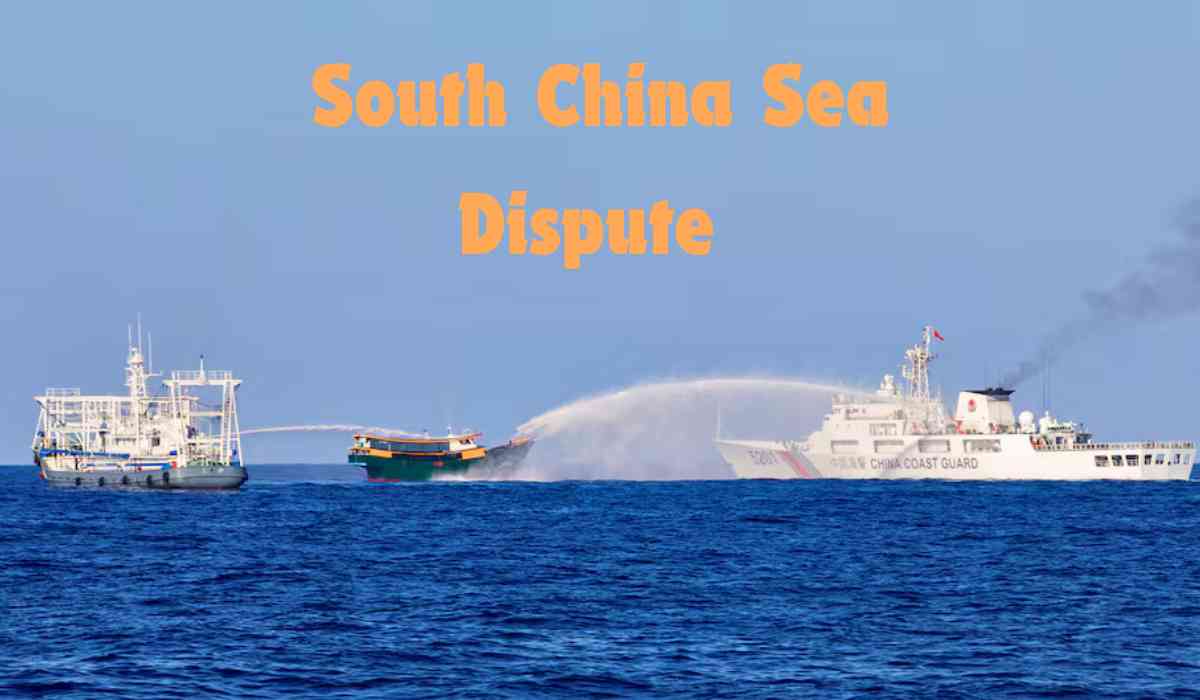Although there has always been a great deal of geopolitical tension in the South China Sea, recent clashes between China and the Philippines have escalated the situation. These confrontations, characterised by intense and perilous interactions, highlight the significant risks associated with this contested marine region.
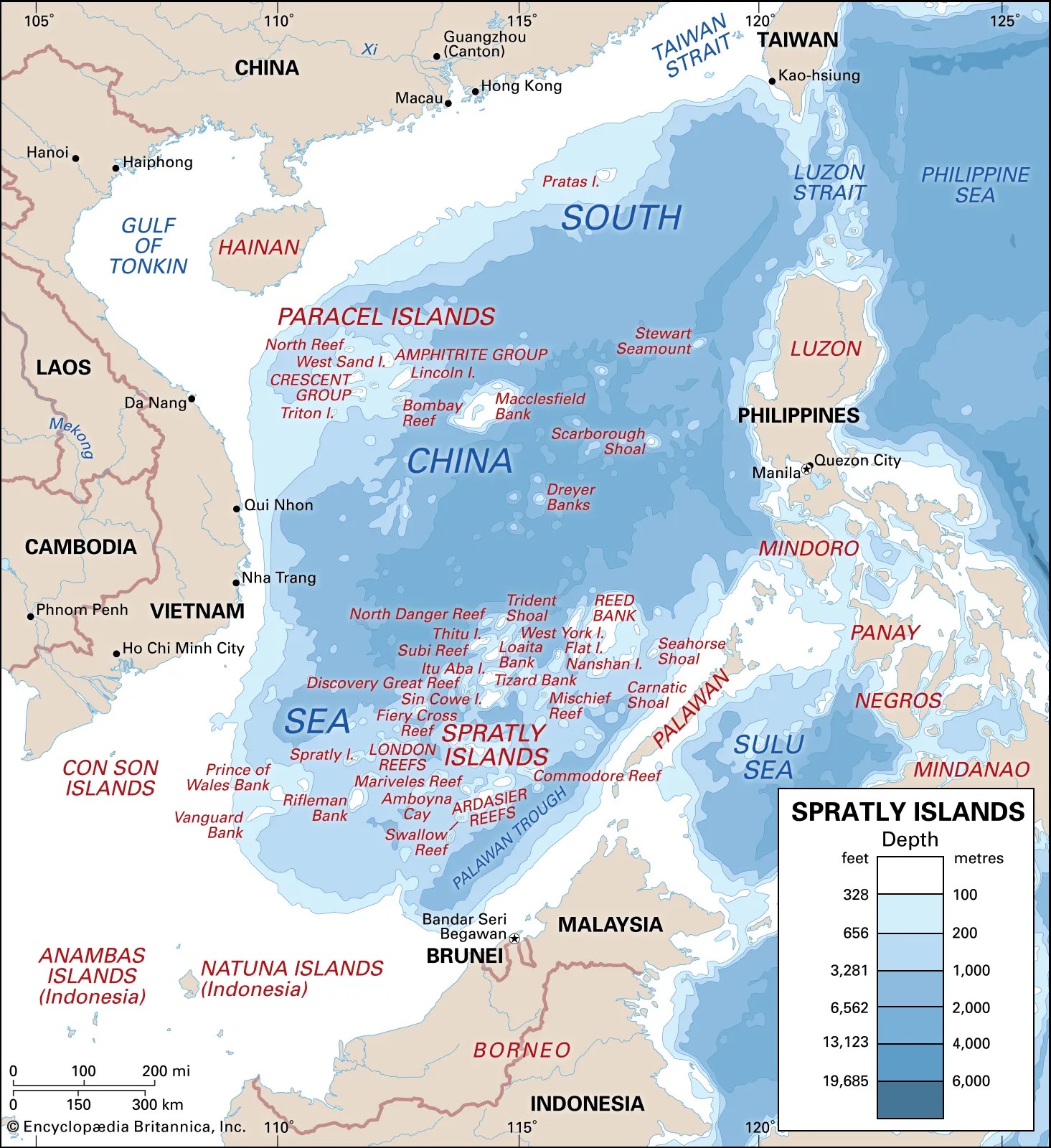
A Confrontation at Sea
Filipino Soldiers vs. Chinese Coast Guard
The latest incident occurred near the Second Thomas Shoal, where Filipino soldiers encountered Chinese coast guard personnel armed with swords, spears, and knives. According to General Romeo Brawner, the Philippines' top military commander, his troops fought off the Chinese "with bare hands" during a "brutal assault."
This altercation started when Philippine coast guard and navy ships tried to bring supplies to Filipino soldiers stationed on the BRP Sierra Madre, a World War II-era vessel that was purposefully grounded on the shoal in 1999 to bolster Manila's territorial claims.
RORE RECAP | During the AFP's critical humanitarian rotation and resupply operations at BRP Sierra Madre (LS57) in Ayungin Shoal on June 17, the China Coast Guard's use of violence and intimidation tactics damaged AFP vessels and severely injured Philippine Navy personnel.… pic.twitter.com/KR0sIxuczY— Armed Forces of the Philippines (@TeamAFP) June 20, 2024
Escalating Tensions
Footage and Allegations
Footage released by the Philippine military depicted Chinese coast guard officers brandishing an axe and other bladed weapons at Filipino soldiers, even slashing their rubber boats. One Filipino sailor reportedly lost his thumb when his vessel was rammed.
"Only pirates do this," stated General Brawner, accusing the Chinese of boarding Philippine vessels, seizing weapons, and destroying equipment. He emphasised that Filipino personnel fought back with everything they had, despite being outnumbered and facing unexpected weapons.
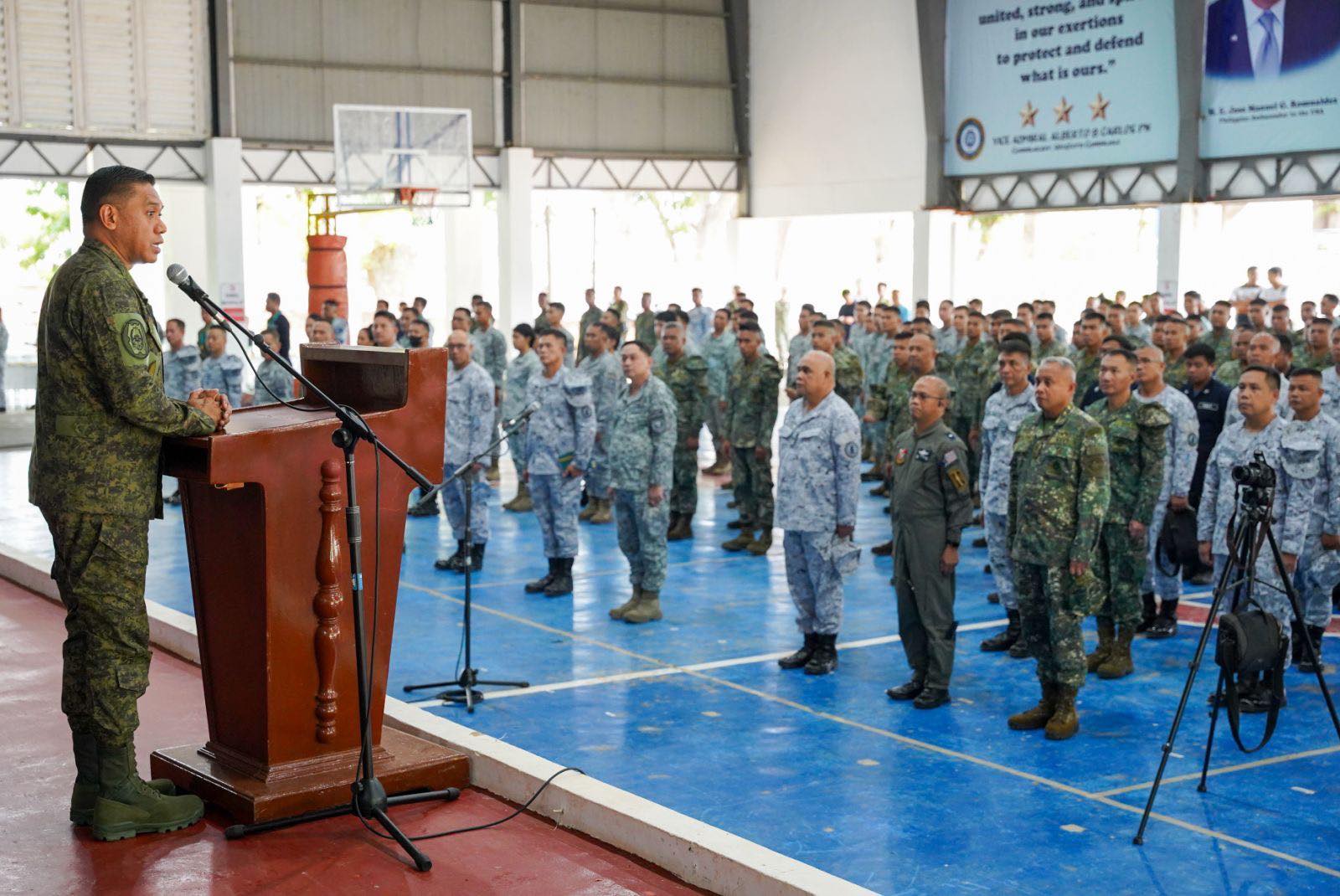
China's Denial
China, for its part, denies these allegations. A spokesperson for the Chinese foreign ministry claimed their personnel were "professional and restrained," aiming only to block what they deemed an "illegal transportation" of supplies.
WATCH: PH demands China return arms, pay for damaged vessels
AFP chief General Romeo Brawner Jr, speaking at the Western Command in Palawan, says China damaged the Navy’s rigid hulled inflatable boats and took dissembled arms when it disrupted a resupply mission to Ayungin Shoal… pic.twitter.com/efWke2KUqH— Rappler (@rapplerdotcom) June 19, 2024
Historical Context
Territorial Claims
The South China Sea dispute is rooted in historical territorial claims. China asserts "indisputable sovereignty" over nearly the entire waterway, including areas hundreds of miles from its mainland. However, several other nations, including the Philippines, hold competing claims.
The BRP Sierra Madre
At the heart of the current dispute lies the BRP Sierra Madre, a decaying outpost manned by a handful of Filipino marines. Its precarious state adds urgency to the situation, with both sides seemingly preparing for its eventual collapse.
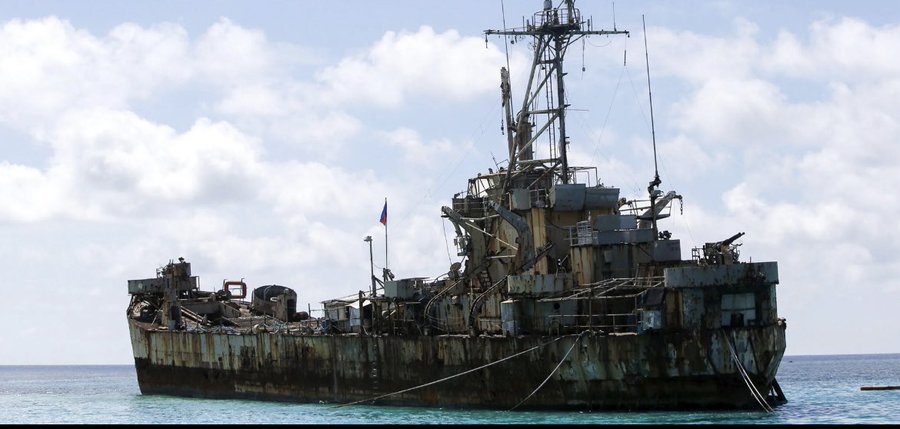
International Reactions
US Participation
The United States, which has a 1951 mutual defence treaty with the Philippines, has brought attention to the occurrence on a global scale. After the conflict, US Secretary of State Antony Blinken reiterated Washington's "ironclad commitments" to the Philippines.
Potential for Conflict
Observers fear that any further escalation could potentially spark a conflict between China and the US, given Washington's treaty obligations to defend Manila if attacked.
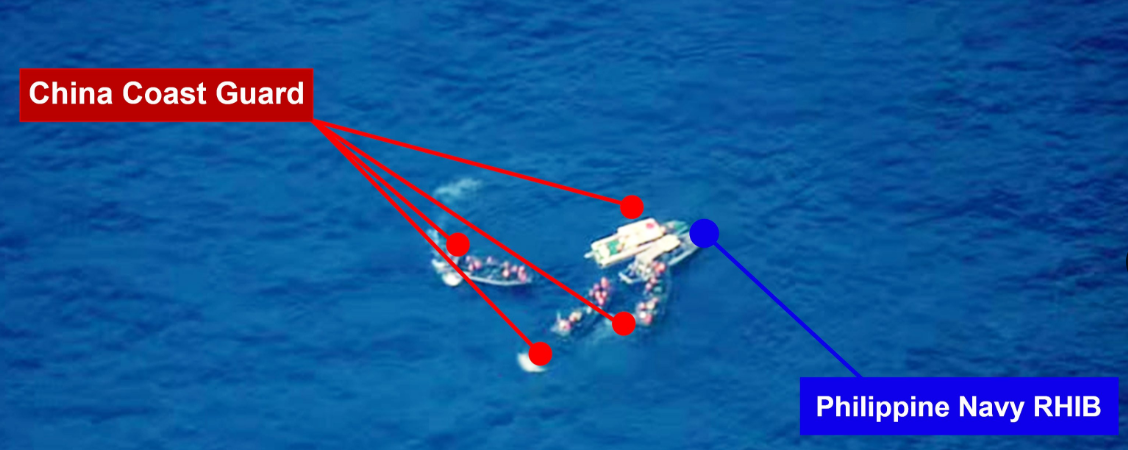
Philippine policy shifts
A More Assertive Stance
The Philippine government, under President Ferdinand Marcos Jr., has recently shifted from the China-friendly policies of his predecessor to a more confrontational posture. As part of what some analysts refer to as an "assertive transparency campaign," Manila has extended invitations to the media to observe and record these marine confrontations.
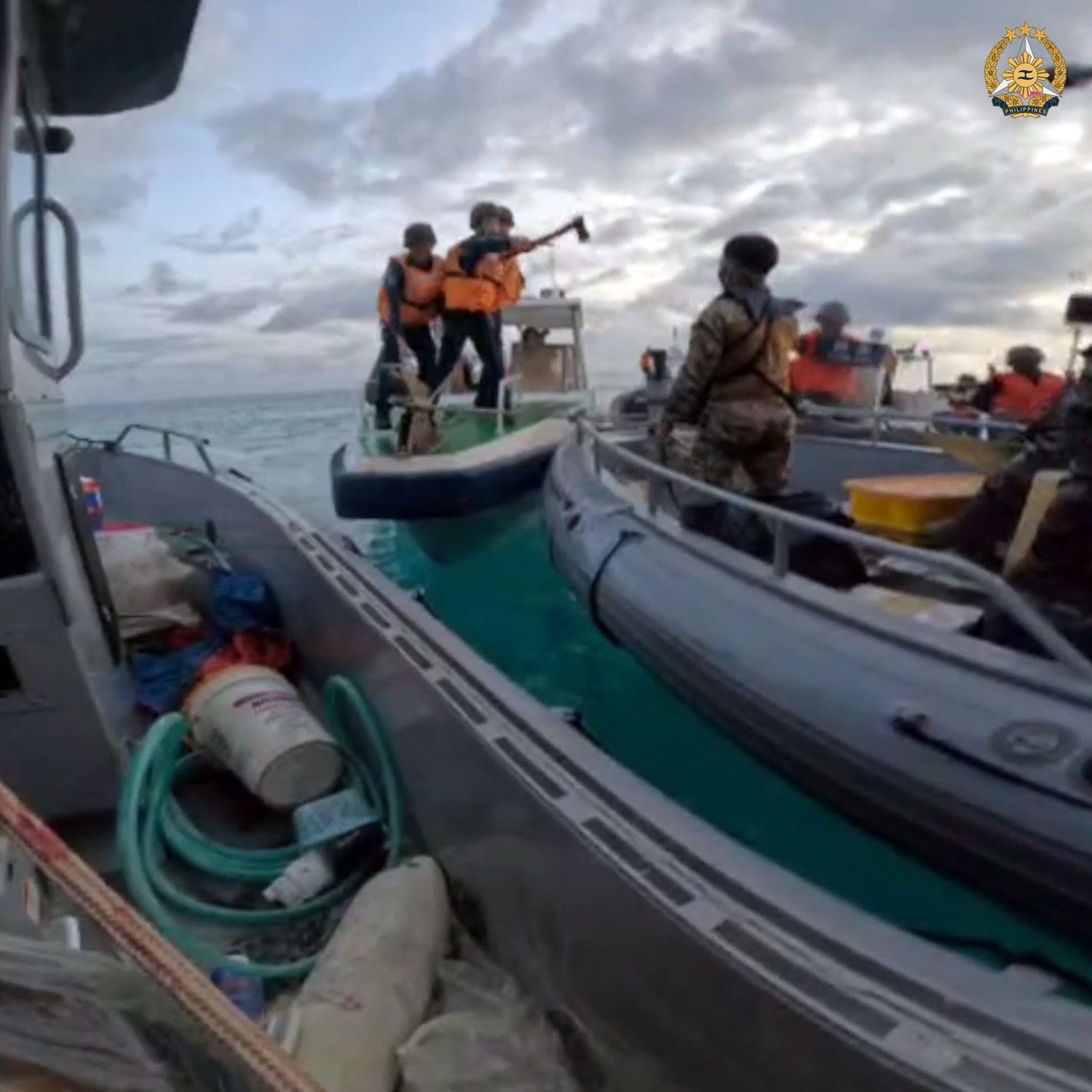
Strategic Implications
Regional Stability
The world community is anxiously monitoring the simmering tensions. The resolution of this maritime impasse may have profound effects on Southeast Asia's power dynamics and stability.
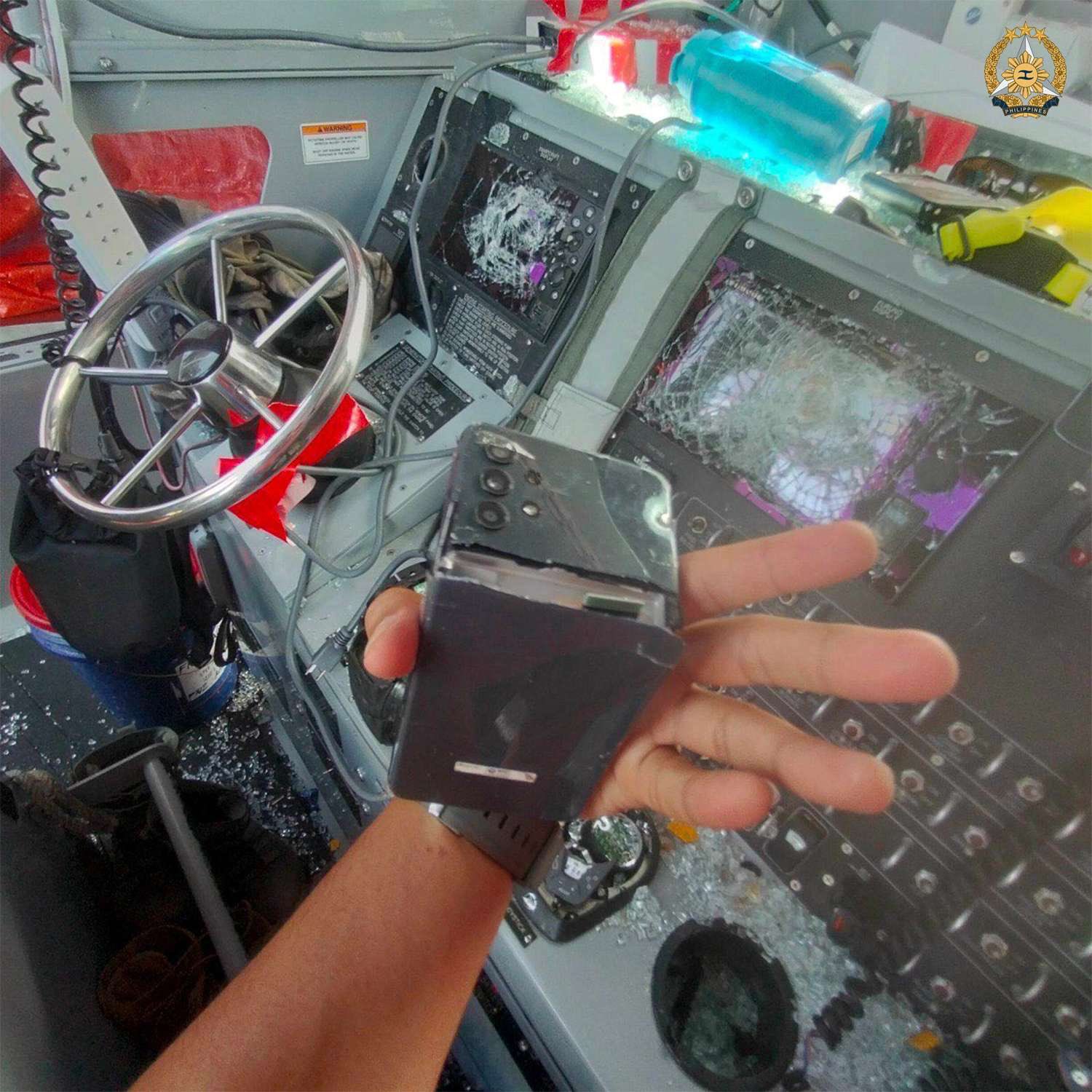
Philippine military shows destroyed communication and navigational equipment, including a cellphone on a Philippine navy boat. PC: Armed Forces of the Philippines
In summary
The waters of the South China Sea are expected to stay tumultuous for the foreseeable future since there isn't a clear solution in sight. In order to stop further escalation and preserve regional peace, the international community must negotiate the nuances of this conflict as China and the Philippines continue to press their claims.
Inputs from multiple agencies.
Media Sources: multiple
ⒸCopyright 2024. All Rights Reserved Powered by Vygr Media.

